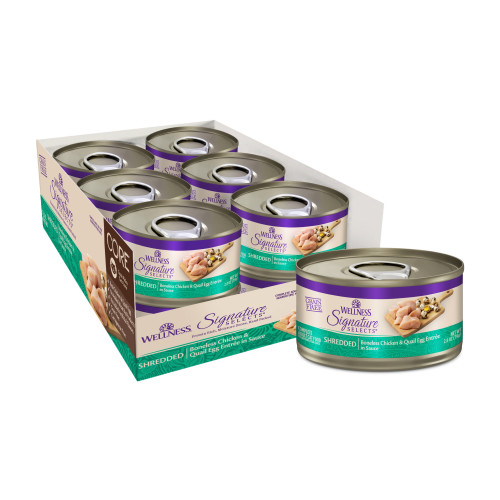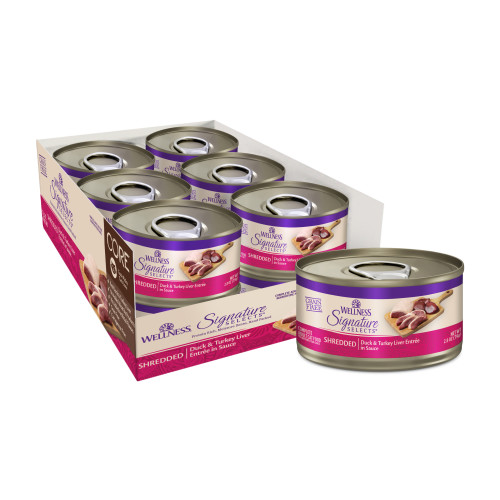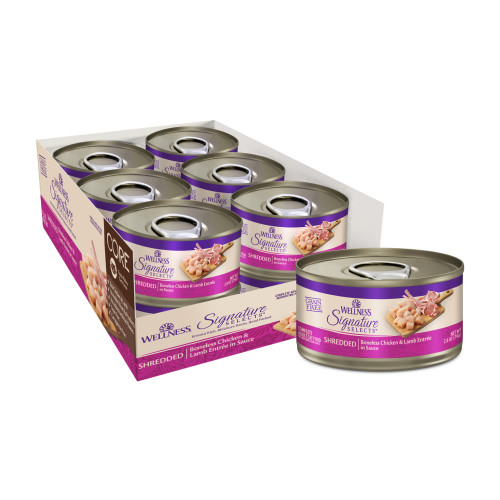February 7, 2021
What Happens During A Dog Dental Extraction?
Dog dental extraction or tooth removal is one of the most common veterinary surgeries. There are several reasons dogs may need to have a tooth extracted by a veterinary surgeon. Thankfully, regardless of circumstances that require dental extractions, dogs typically feel better and can eat normally after the procedure. Follow-up care and good oral hygiene can help prevent your dog from needing another extraction.
HOW TO TELL IF YOUR DOG NEEDS A DENTAL EXTRACTION
Pet parents may not realize that their dog’s oral health impacts their overall wellness and comfort. This is why when your dog has tooth and gum issues, it is important to get them resolved immediately.
The most common dog dental problem is periodontal disease, or severe gum disease. Gum disease mostly occurs in older dogs and in dogs with poor oral health. Other reasons for dog dental extractions include:
- Tooth Fracture
- Tooth Abscess
- Impacted or crowded teeth
- Gingivostomatitis – a severe inflammatory condition
- Malocclusion
Most dog dental problems start within the gums; however, there are some outward signs that your dog has a dental health problem. These are:
- Pawing at or rubbing the face
- Drooling
- Not eating or drinking
- Facial swelling
- Dropping food
- Difficulty chewing
- Bad Breath
Any of these signs merit a trip to the vet for evaluation.
WHAT HAPPENS BEFORE A DOG DENTAL EXTRACTION
During your consultation, your vet will likely take an x-ray of your dog’s mouth and jaws to assess the issue and to know where the injured tooth is.
Your dog’s extraction will be scheduled with a dental surgeon if your vet does not perform this specialized procedure. It is specialized because dog teeth are much stronger than human teeth; they are firmly embedded into the dog’s gum and jawline due to dogs needing to be equipped for wilderness survival. Thus, dog dental extraction is not like pulling a human tooth.
The night before the procedure, your vet may recommend your dog not eat or drink past a certain point in the evening.
WHAT HAPPENS DURING A DOG DENTAL EXTRACTION
On the day of the procedure, you will leave your dog at the clinic where the procedure will be performed. During surgery, the procedure typically progresses in this fashion.
- Local Anesthetic: In some cases, a local anesthetic may be administered around the tooth to further numb the area as this helps reduce pain in the recovery period.
- Gum Preparation: The veterinarian will create a small incision in the gum tissue surrounding the tooth to gain access to the root.
- Tooth Loosening: Special instruments will be used to loosen the tooth by carefully separating it from the surrounding bone and ligament.
- Tooth Extraction: Once sufficiently loosened, the veterinarian will gently extract the tooth.
- Cleaning and Closure: The veterinarian will thoroughly clean the extraction site and may smooth any rough edges of the remaining bone. The gum tissue may be sutured closed to promote healing.
In some cases, incisions are not needed for root removal. In this case, after the procedure, the surgeon closes the site with absorbable sutures. In most instances, the procedure takes about an hour.
Barring complications, your dog will be sent home after surgery with instructions for pain management, antibiotics in case there was an infection, and follow-up care.
WHAT HAPPENS AFTER A DOG DENTAL EXTRACTION
After surgery, your dog will be groggy as the anesthesia wears off; it can take up to 24 to 48 hours for your dog to fully recover from anesthetic.
When your dog starts to show signs of alertness after the surgery, encourage them to hydrate. Eating is important, too, but your dog should only eat soft (wet) foods for a few days post-operation. You can moisten hard kibble with water as an alternative to wet food.
Though your dog’s sore mouth post-extraction could last anywhere from two to five days, dogs typically recover very quickly. They do not get “dry sockets” like humans do after oral extraction. Dogs usually only experience temporary soreness and minor bleeding.
Of course, though rare, some dogs do suffer complications. These include:
- Bleeding: Minor bleeding at the extraction site is normal for a short period after surgery. However, excessive or prolonged bleeding can be a concern and should be reported to your veterinarian.
- Infection: Proper dental hygiene and antibiotic use after surgery can help prevent infection. Signs of infection include swelling, redness, pus drainage, and persistent bad breath.
- Pain: While pain medication will be prescribed, some discomfort is to be expected after the procedure. Monitor your dog’s behavior for signs of excessive pain like whimpering, pawing at the mouth, or loss of appetite.
- Oral Fistula: In rare cases, an abnormal connection (fistula) can develop between the extraction site and the nasal cavity or another part of the mouth.
- Nausea and Vomiting: These can occur due to anesthesia or pain medication.
You should immediately contact your vet if there are signs of complications and make sure to attend any scheduled follow-ups.
HOW TO PROVIDE ORAL CARE AFTER A DOG DENTAL EXTRACTION
After the procedure, the best follow-up care is good oral health care. A good doggie dental routine involves routine teeth brushing, feeding your dog a daily dental chew, and switching to a food that is formulated for dental care. The biggest concern after your dog has an extraction is that they will need future extractions. The best way to prevent this is to have a solid oral healthcare routine before and after your dog has an extraction.
Oral care is one of the most important aspects of caring for your dog. Teeth brushing and dental chews, like Wellness WHIMZEES, are just two important ways you can keep your dog happy and healthy before and after a dental extraction.






